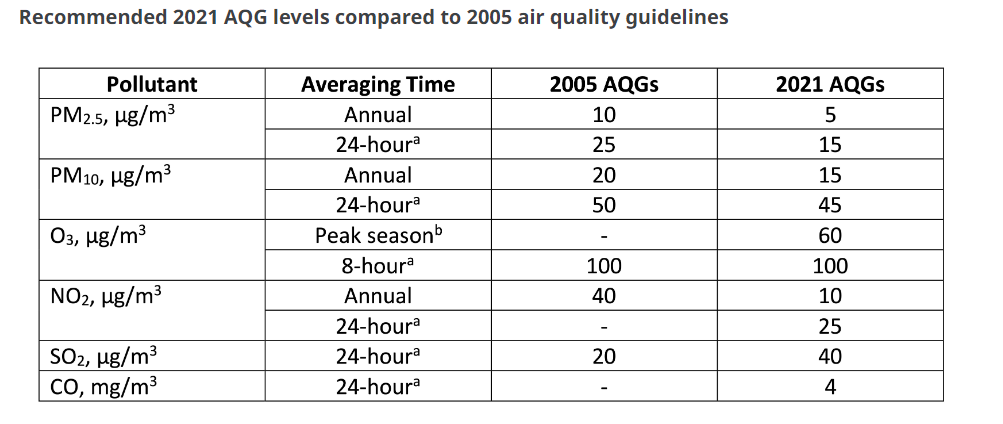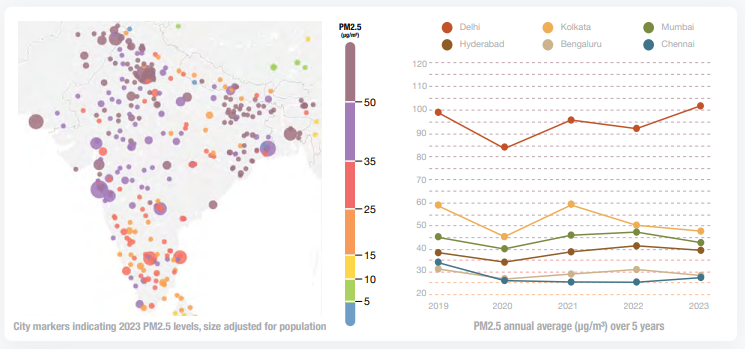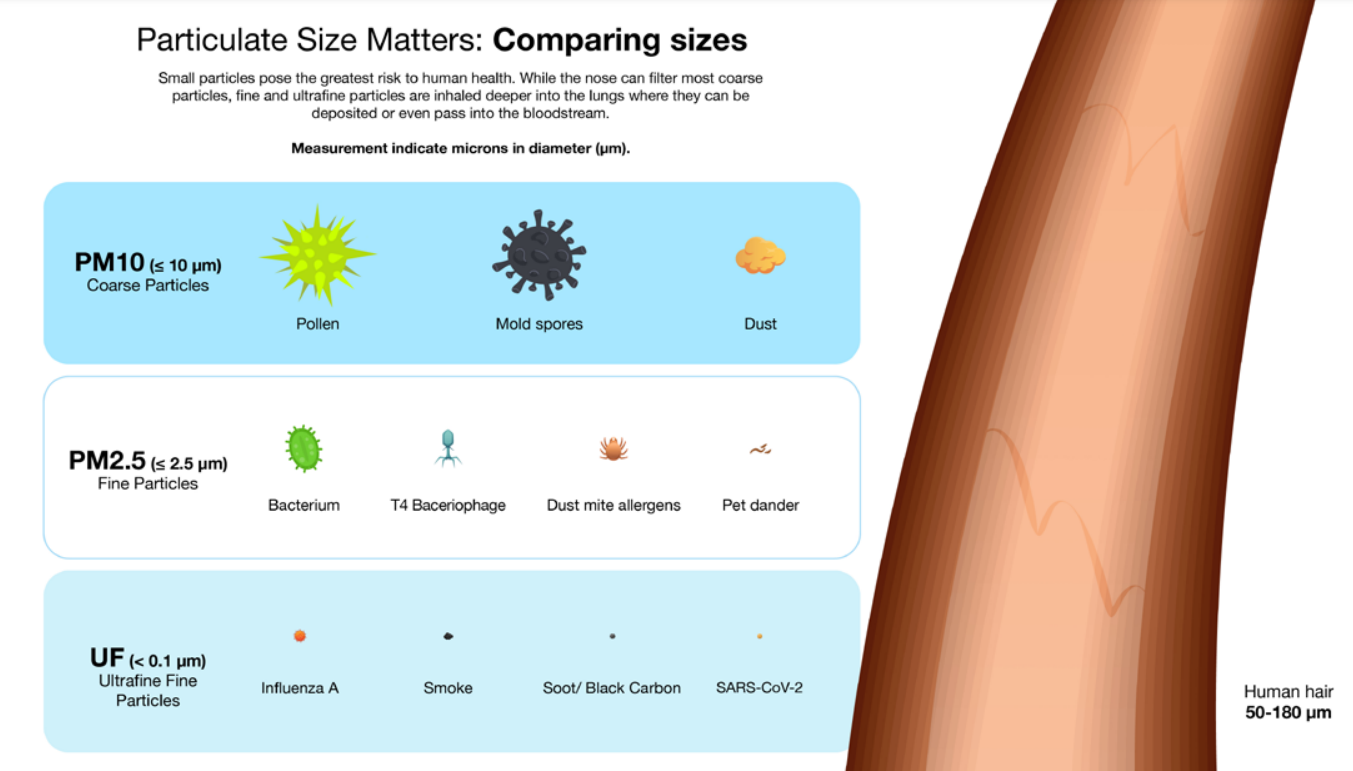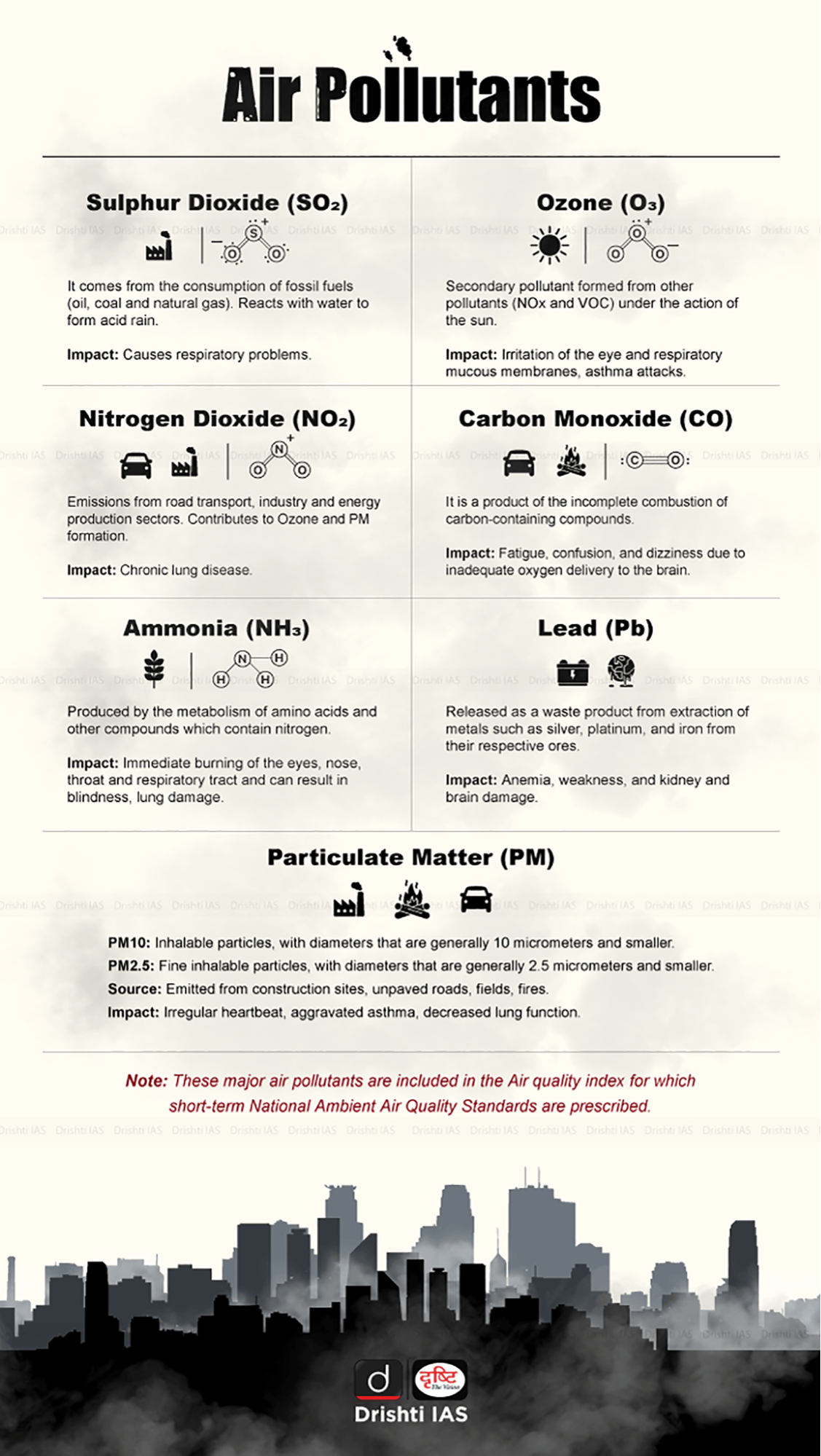Biodiversity & Environment
World Air Quality Report 2023
- 21 Mar 2024
- 8 min read
For Prelims: World Air Quality Report, World Health Organization, WHO Air Quality Guidelines, Particulate Matter, Air Quality Index
For Mains: Initiatives taken by India for Controlling Air Pollution, Environmental Pollution & Degradation, Initiatives Taken to Control Air Pollution
Why in News?
India has been identified as the world’s third most polluted country, as per the World Air Quality Report 2023 by Swiss organisation IQAir.
What are the Key Highlights of the World Air Quality Report 2023?
- India's Air Quality Ranking:
- Ranked as the world's third most polluted country, with an average annual PM2.5 concentration of 54.4 micrograms per cubic meter.
- Bangladesh and Pakistan surpassed India in pollution levels, becoming the most and second most polluted countries, respectively.
- 9 out of the top 10 most polluted cities in the world are from India.
- India's air quality deteriorated compared to the previous year, with Delhi emerging as the world's most polluted capital city for the fourth consecutive time.
- Begusarai in Bihar is labelled as the world's most polluted metropolitan area, with an average PM2.5 concentration of 118.9 micrograms per cubic meter.
- Health Impacts and WHO Guidelines:
- Around 136 million Indians (96% of the Indian population) face PM2.5 concentrations (seven times) higher than the World Health Organization's recommended levels of 5 micrograms per cubic meter.
- Over 66% of Indian cities have reported annual averages higher than 35 micrograms per cubic metre (µg/m3).
- PM2.5 pollution, primarily from burning fossil fuels, is linked to increased rates of heart attack, stroke, and oxidative stress, with severe health implications.
- Around 136 million Indians (96% of the Indian population) face PM2.5 concentrations (seven times) higher than the World Health Organization's recommended levels of 5 micrograms per cubic meter.
- Ranked as the world's third most polluted country, with an average annual PM2.5 concentration of 54.4 micrograms per cubic meter.
- Global Air Quality:
- Seven countries that met the WHO annual PM2.5 guideline (annual average of 5 µg/m3 or less) included Australia, Estonia, Finland, Grenada, Iceland, Mauritius, and New Zealand.
- The report states that Africa continues to be the most underrepresented continent, with a third of its population lacking access to air quality data.
- Some countries, including China and Chile, reported decreases in PM2.5 pollution levels, indicating progress in combating air pollution.
- Pollution does not stay confined to its source, with prevailing winds distributing it across regions, emphasising the need for international cooperation in addressing air quality issues.
- Global Impact of Air Pollution:
- Air pollution causes approximately seven million premature deaths worldwide annually. It contributes to approximately one in every nine deaths worldwide.
- PM2.5 exposure leads to health issues like asthma, cancer, stroke, and mental health complications.
- Exposure to elevated levels of fine particles can impair cognitive development in children, lead to mental health issues, and complicate existing illnesses, including diabetes.
.png) |
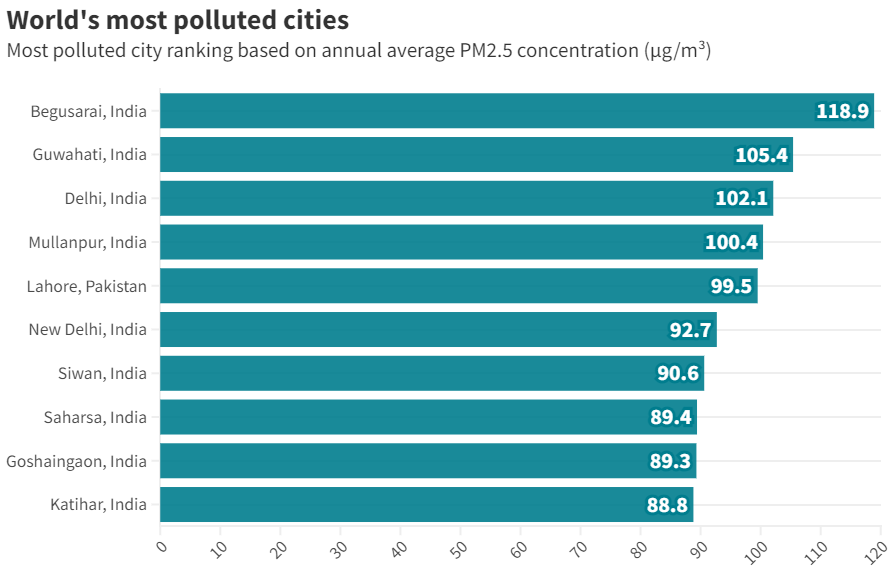 |
What are the WHO Air Quality Guidelines?
- Pollutants Covered:
- The World Health Organization (WHO) regularly updates its evidence-based air quality guidelines to safeguard public health from the ongoing threat of air pollution. The most recent update occurred in 2021, revising the guidelines that were originally published in 2005.
- The guidelines cover both particulate matter (PM) and gaseous pollutants, including PM2.5, PM10, ozone (O3), nitrogen dioxide (NO2), sulfur dioxide (SO2), and carbon monoxide (CO).
Particulate Matter (PM)
- Particulate matter, or PM, refers to a complex mixture of extremely small particles and liquid droplets suspended in the air. These particles come in a wide range of sizes and can be made up of hundreds of different compounds.
- PM10 (coarse particles) - Particles with a diameter of 10 micrometres or less.
- PM2.5 (fine particles) - Particles with a diameter of 2.5 micrometres or less.
- Air pollution
- It is the contamination of the environment by chemicals, physical or biological agents. Sources include household devices, vehicles, industrial facilities, and forest fires.
- Major pollutants include particulate matter, carbon monoxide, ozone, nitrogen dioxide, and sulfur dioxide, causing respiratory diseases and high mortality rates.
- WHO data shows that 99% of the global population breathes air exceeding guideline limits, with low- and middle-income countries suffering the most.
- Air quality is closely linked to the earth’s climate and ecosystems, and policies to reduce air pollution offer a win-win strategy for both climate and health.
- All of India’s 1.4 billion people (100% of the country’s population) are exposed to unhealthy levels of ambient PM2.5.
- The health impacts of pollution also represent a heavy cost to the economy. Lost output from premature deaths and morbidity attributable to air pollution accounted for economic losses of USD 36.8 billion was 1.36% of India's gross domestic product (GDP).
- It is the contamination of the environment by chemicals, physical or biological agents. Sources include household devices, vehicles, industrial facilities, and forest fires.
What are the Initiatives Taken for Controlling Air Pollution?
- National Clean Air Programme (NCAP).
- Bharat Stage Emission Standards.
- Solid Waste Management Rules,2016.
- System of Air Quality and Weather Forecasting and Research (SAFAR) Portal.
- Air Quality Index.
- Graded Response Action Plan.
- National Air Quality Monitoring Programme (NAMP).
- Commission for Air Quality Management.
- Turbo Happy Seeder (THS) Machine.
Way Forward
- Regulatory Strengthening: Implement and enforce strict air quality standards and emission limits, with heavy penalties for non-compliance.
- Transition to Clean Energy: Accelerate the adoption of renewable energy sources, phase out fossil fuels, and invest in sustainable transportation options like electric vehicles.
- Industrial Improvement: Mandate clean technologies in industries, promote waste minimisation, and offer incentives for pollution control equipment.
- Public Awareness and Research: Conduct awareness campaigns, involve the public in decision-making, invest in research for innovative pollution control technologies, and foster public-private partnerships.
- Global Cooperation and Support: Collaborate internationally to address transboundary pollution, support developing nations with technical assistance and funding, and prioritise air quality management as a collective responsibility.
UPSC Civil Services Examination, Previous Year Questions (PYQs)
Prelims
Q. In the cities of our country, which among the following atmospheric gases are normally considered in calculating the value of the Air Quality Index? (2016)
- Carbon dioxide
- Carbon monoxide
- Nitrogen dioxide
- Sulphur dioxide
- Methane
Select the correct answer using the code given below:
(a) 1, 2 and 3 only
(b) 2, 3 and 4 only
(c) 1, 4 and 5 only
(d) 1, 2, 3, 4 and 5
Ans: (b)
Mains
Q. Describe the key points of the revised Global Air Quality Guidelines (AQGs) recently released by the World Health Organisation (WHO). How are these different from its last update in 2005? What changes in India’s National Clean Air Programme are required to achieve revised standards? (2021)



